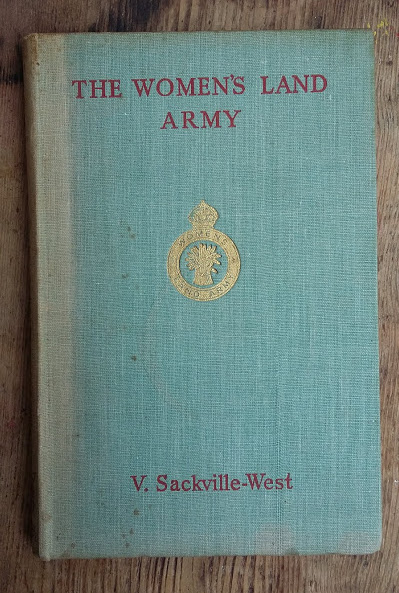Worthing has lots of charity shops. I love charity shops (so much more than shops selling new clothes). They are museums; each anonymous item has stories and memories within its worn fabric. I am interested in how the contents of these shops reflect the seaside town as a depository of memories, and the stories this opens up. As charity and vintage shops became more commonplace, donations to museums have decreased.
During workshops I asked people to write a memory of clothing on a postcard. I then went round charity shops trying to find clothing that matched their description. Obviously it’s virtually impossible to find an exact match, but I liked that impossibility of it – seems appropriate to memory, which can become distant, mediated or sort of lost in translation.
I then cast each piece of clothing I found on a rope. The casting process involves stitching up the clothing, filling it with jesmonite (material similar to plaster but with resin component) or concrete, then peeling the fabric off. The colour and pattern comes from the clothing.
I’ve used rope before in my work. In this case it loosely resembles a washing line, but also refers to story told by 97 year old Jackie. She was taught to swim by a lady on her street. This lady, who had swam the channel, took it upon herself to teach the children of the neighbourhood to swim in the sea. Jackie recalls having a ‘gridle’ attached to a rope tied round her middle and wading out to sea. My rope (about 7 m long) with 11 casts on it, will meander across the floor resembling a tide line and washed up objects.
Not having enough space to photograph it all in one go, I took photos in sections:
‘Untitled (eleven)’, detail, 2019, Jesmonite, rope, concrete, 675 x 60 x 18 cm





























